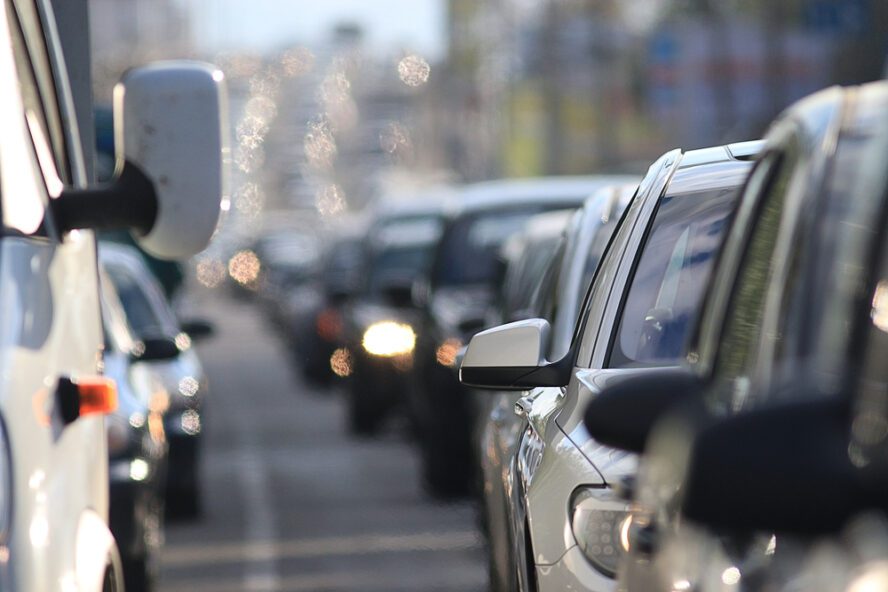Personal Injury Lawyer
Navigating roundabouts safely and efficiently is crucial for all drivers. Unlike traditional roundabouts, modern ones are circular intersections without traffic signals or stop signs, where vehicles travel counterclockwise until they reach their desired street. This design is inherently safer, as it eliminates the risky left turns that often lead to accidents. However, it’s essential to remember that yielding to traffic already inside the roundabout remains a fundamental rule.
While modern roundabouts are designed with safety in mind, accidents can still occur when drivers fail to follow the proper procedures. Therefore, familiarizing yourself with the rules and guidelines for navigating roundabouts is essential to ensure a smooth and secure driving experience according to a personal injury lawyer with our friends at SL Chapman Trial Lawyers.
Difference Between Traffic Circles and a Roundabout
| Aspect | Traffic Circles | Roundabouts |
| Design | Usually larger in diameter with a single, central island. | Smaller in diameter with a raised central island. |
| Entry and Exit Points | Often have multiple entry and exit points with yield or stop signs. | Typically have specific entry and exit lanes, guiding traffic flow without stop signs. |
| Right-of-Way | Vehicles inside the circle have the right-of-way. | Vehicles entering the roundabout yield to traffic already inside the roundabout. |
Traffic FlowTraffic tends to flow more freely, but can be less controlled.
SpeedTraffic speed can be higher due to fewer restrictions.
SafetyMay have a higher risk of accidents due to less controlled entry and exit.
Traffic flow is more controlled, reducing the likelihood of collisions.
Designed to promote lower speeds for increased safety.
Generally considered safer due to its design and regulated traffic flow.
| Usage | More common in the United States and older designs in various countries. | Popular in many countries and the preferred design for modern intersections. |
Tips for Pedestrians and Bicycles Riders to Navigate Roundabouts
- Use designated crosswalks: Cross only at marked crosswalks or pedestrian islands, and obey traffic signals if present.
- Look for “zebra” crossings: Some roundabouts have zebra crossings that prioritize pedestrians.
- Wait for a safe gap: Wait for a break in traffic before crossing to ensure drivers can see you and have enough time to stop.
- Make eye contact: If possible, establish eye contact with drivers to ensure they acknowledge your intention to cross.
Navigation Rules for Vehicle Drivers
➔ Drivers must reduce their speed while approaching the roundabout to yield the vehicles already in the roundabouts, enabling traffic to move anti-clockwise.
➔ It is important to remember that driver can’t stop their vehicles if they miss their exit. Instead, they must wait for the circle to return to their exit again.
➔ Drivers must choose the right lane to take a right turn or a left turn if they want to take a left turn.
➔ Drivers must use the signal at their turn to indicate while taking an exit.
The roundabout has reduced car crashes and fatal crashes to a certain extent because of its modified features such as one-way travel, low-speed travel, and their continuous and circular flow, and they don’t have to speed up to beat the light.
Even after all these features, it is important to consider all the rules and regulations to avoid accidents. If you are involved in a collision in a roundabout, contact a lawyer located near you for help immediately on your case.


